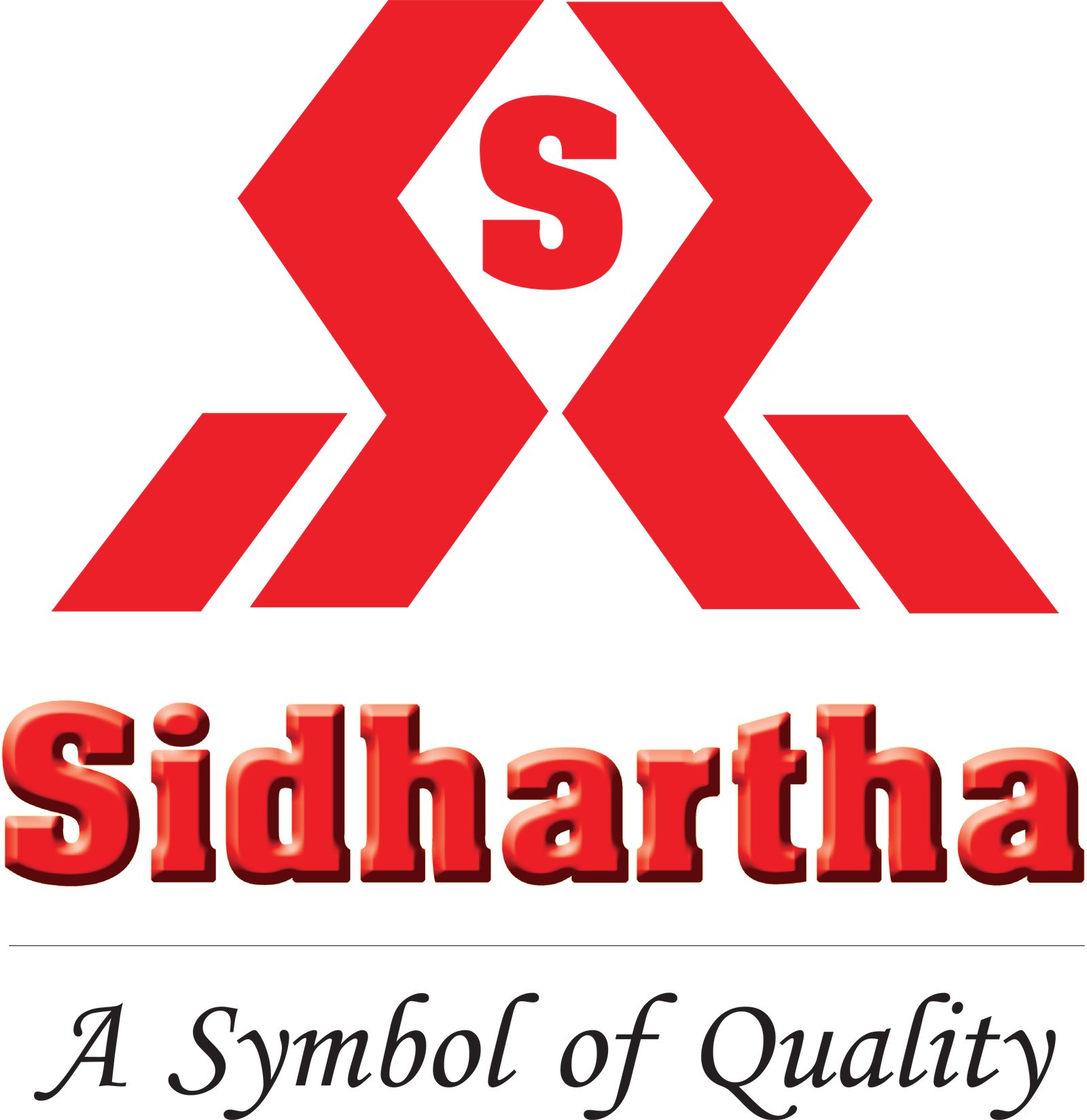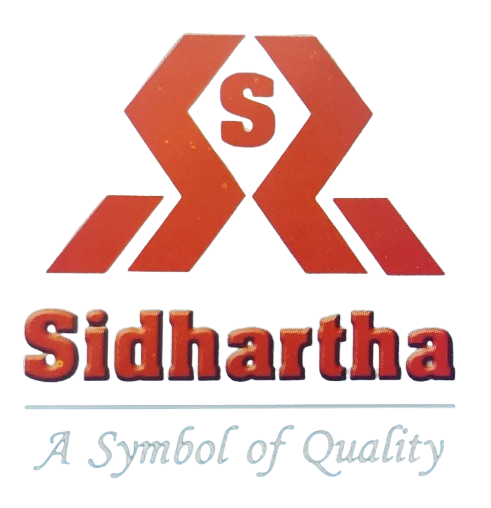Box Stitching Angular/Straight
Products

Box Stitching Angular/Straight
Box stitching, also known as angular stitching or straight stitching, is a binding or sewing technique used in bookbinding, packaging, and various other applications to join two or more materials together in a secure and durable manner. This technique is commonly used in the production of boxes, folders, books, and other paper or cardboard products. Here are some key features and details about box stitching:
Stitching Types:
Angular Stitching: In angular stitching, the stitches run diagonally through the material, creating a more secure bond. This is commonly used for the corners of boxes and folders to add strength and stability.
Straight Stitching: Straight stitching involves creating a line of stitches that are parallel to the edge of the material. This is often used in bookbinding to bind the pages together and can be seen on the spine of books.
Materials:
- Box stitching can be used to join various materials, including paper, cardboard, leather, and fabric. The choice of material depends on the specific application and the desired level of durability.
Tools and Equipment:
- The stitching process typically requires the use of specialized stitching machines. These machines have different settings and attachments to accommodate various materials and stitching techniques.
Strength and Durability:
- Box stitching provides a high level of strength and durability. The diagonal or parallel stitching creates a robust bond, making it suitable for products that need to withstand wear and tear.
Decorative and Functional:
- Box stitching can serve both a decorative and functional purpose. In addition to providing strength, it can also add an aesthetic element to the finished product, especially in bookbinding and certain packaging designs.
Variations:
- There are variations of box stitching, including saddle stitching, perfect binding, and more. These variations have specific applications and may involve additional steps and materials.
Usage:
- Box stitching is commonly used in the production of boxes, folders, books, notepads, brochures, and other printed materials. It is also utilized in packaging, particularly in the creation of corrugated cardboard boxes.
Customization:
- Box stitching can be customized in terms of thread color, stitch spacing, and stitch pattern to meet the specific design and branding requirements of a product.
Cost-Effective:
- Box stitching is generally a cost-effective binding method, making it a popular choice for various applications, particularly for small to medium-scale production.
Considerations:
- When implementing box stitching, it’s important to consider the type of material, the expected usage, and the aesthetics of the final product. Different materials may require adjustments in stitching techniques and equipment.
- 20″
- 30″
- 36″
- 48″
- 60″
- 250
- 250
- 250
- 250
- 250
- 0.5 H.P.
- 0.5 H.P.
- 0.5 H.P.
- 0.5 H.P.
- 0.5 H.P.

